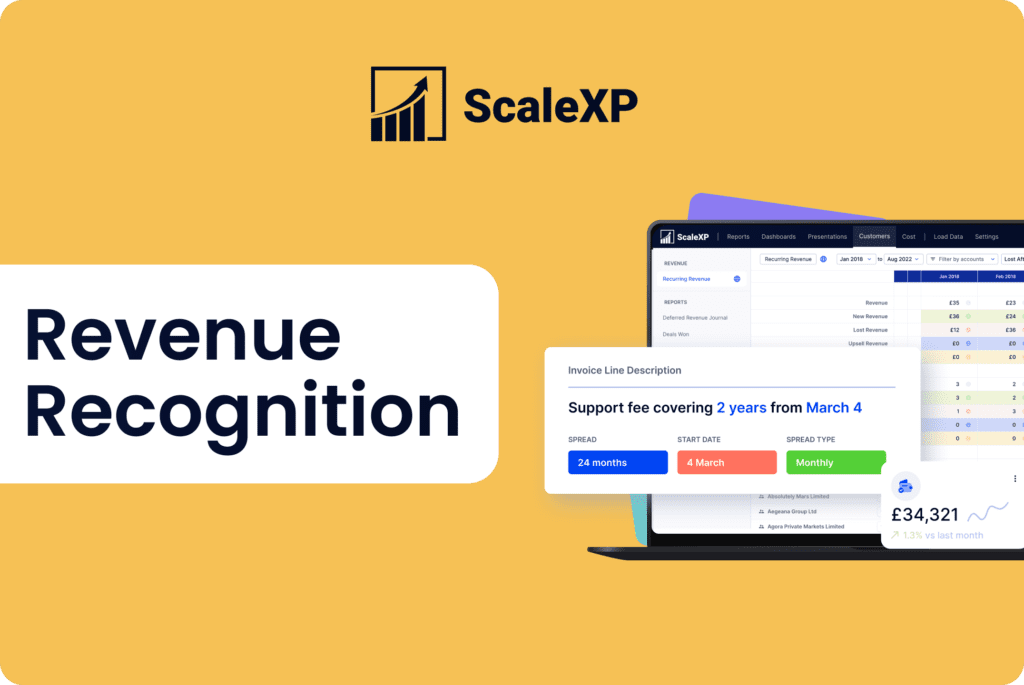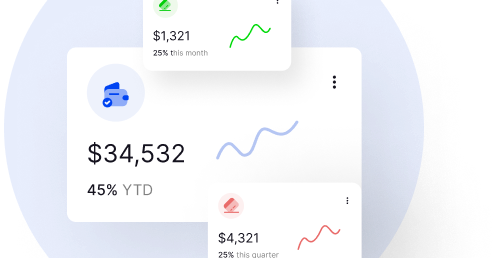Revenue recognition: a guide
Revenue recognition is a crucial aspect of financial reporting, ensuring that companies accurately reflect their earned revenue. With the advent of ASC 606 and IFRS 15 standards, the landscape of revenue recognition has been standardised globally, promoting transparency and consistency. This guide delves into the principles of revenue recognition and the benefits of automation to save you time and improve accuracy.
What is revenue recognition?
Revenue recognition is an accounting principle dictating that revenue should be recorded when it is earned, not necessarily when payment is received. This principle is fundamental to accrual-basis accounting, ensuring that financial statements reflect the true financial position of a company. The introduction of ASC 606 by the Financial Accounting Standards Board (FASB) and its international counterpart, IFRS 15, by the International Accounting Standards Board (IASB), has provided a cohesive framework for recognising revenue across various industries and regions.
The importance of revenue recognition
Here are some of the reasons that accurate revenue recognition is so important:
1. Financial Integrity: It ensures that financial statements are accurate, fostering trust among investors, analysts, and other stakeholders.
2. Standardisation: It allows for the comparability of financial statements across companies and industries, which is essential for benchmarking and analysis.
3. Compliance: Adhering to standardised revenue recognition practices helps companies comply with regulatory requirements, avoiding legal and financial repercussions.
The five step model for revenue recognition
Both ASC 606 and IFRS 15 outline a five-step model to guide companies in recognising revenue:
Identify the Contract: Establish the existence of a contract with a customer.
Identify Performance Obligations: Determine the distinct goods or services promised.
Determine the Transaction Price: Ascertain the amount the company expects to be entitled to in exchange for fulfilling performance obligations.
Allocate the Transaction Price: Distribute the transaction price to each performance obligation based on standalone selling prices.
Recognise Revenue: Record revenue when (or as) the company satisfies a performance obligation.
Revenue recognition automation
Efficiency: Automation streamlines the process, reducing the time and effort required to recognise revenue accurately.
Accuracy: Automated systems minimise human error, ensuring that revenue recognition complies with the latest accounting standards.
Real-Time Reporting: Automation provides real-time insights into financial performance, aiding in timely decision-making and strategic planning.
Compliance: Automated systems ensure adherence to ASC 606 and IFRS 15, reducing the risk of non-compliance and the associated penalties.
Scalability: As businesses grow and transactions become more complex, revenue recognition software can scale to meet increased demands without the need for additional resources, maintaining efficiency and control.
Support for Revenue Forecasting: Advanced revenue recognition tools often include forecasting capabilities, allowing companies to project future revenues based on current contracts and historical data, supporting effective budgeting and financial planning.
Types of revenue recognition software
Specialist Revenue Recognition Software: Dedicated solutions focused on the automation of accounting requirements for revenue recognition. These typically integrate with accounting systems but offer limited analytics and broader reporting capabilities.
Revenue Recognition Module of an ERP System: Comprehensive systems that integrate various reporting, control, and analysis functions into one platform. These are suitable for businesses seeking a unified platform to manage all financial processes but come with higher costs and complexity.
Multi-Purpose Automation Software: Software platforms that integrate several key financial and operational functions, providing the benefits of software integration with less cost and complexity than an ERP. These are ideal for small and medium-sized businesses.
ScaleXP: the best solution for revenue recognition automation
ScaleXP offers a powerful solution for automating revenue recognition, along with other really helpful tools for comprehensively automating the financial management of subscription businesses. Here are some benefits of using ScaleXP:
Text Recognition for Revenue Recognition: ScaleXP significantly saves time by using text recognition capabilities to automatically spread revenue over appropriate periods.
Custom Revenue Recognition Rules: Allows customisation of the automated process to meet specific needs, using text recognition or setting rules by account or invoice.
Contract Management and Invoicing Integration: ScaleXP automates revenue recognition from contracts and provides journals directly to the accounting system. It also integrates with CRM data to produce booked versus billed and renewal schedules.
MRR and Customer Revenue Analytics: View earned revenue in various formats, including monthly recurring revenue (MRR) and compliance with financial standards. Includes analytics for upsells, downgrades, lost customers, new customers, and reactivated customers.
Customer Analytics and Smart KPIs: Track important contract metrics such as customer churn, revenue retention, lifetime customer value, annual recurring revenue (ARR), and customer acquisition cost (CAC) payback.
Dashboards and Management Presentations: Visualise revenue alongside other business metrics in real time and export directly to PowerPoint management packs.
Revenue Forecasting: Combines CRM integration and automated revenue recognition to forecast sales directly from the CRM pipeline.
Automate your revenue recognition now
Interested in trying ScaleXP for free? Book a demo now to get access to your customised free trial right away.







